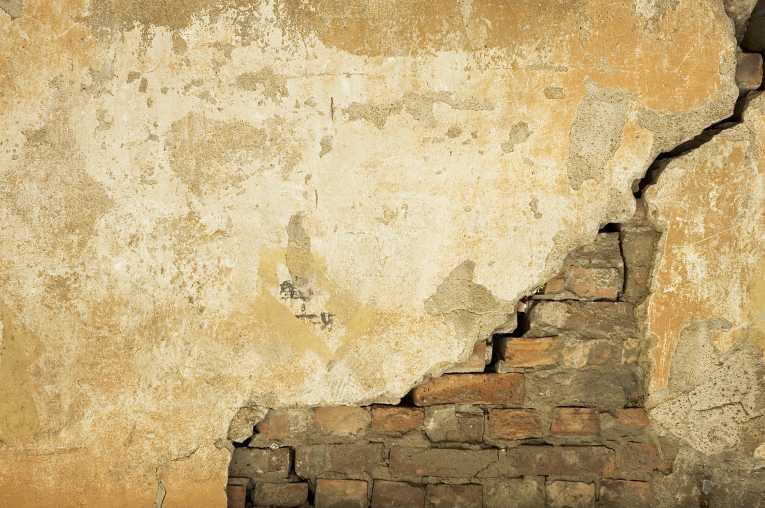Earthquakes can be very frightening, especially since they almost always come without any prior warning. It is estimated that several million earthquakes occur throughout the world each year, but most go undetected either because they are very small in magnitude, or because they occur in very remote areas.
It is when they occur in densely populated areas that they come to public notice, because casualties are usually very high. There were 22 earthquakes of magnitude 7 or greater during 2010. These accounted for the deaths of about 227,000 people, but over 222,570 of these were in the Haiti earthquake of 12thJanuary, where a further 300,00 people were injured and 1.3 million lost their homes.
By coincidence eight months later, on 4thSeptember, there was a similar earthquake centred near Christchurch in New Zealand. This had a magnitude of 7.1, which was slightly more powerful than the Haiti earthquake, but although one man died from a heart attack, here there was no other loss of life and only around 100 injuries.
It is widely known that most deaths resulting from earthquakes occur as a result of collapsed buildings and for many years New Zealand has pursued a policy of building construction with earthquakes in mind, but this is not always the case.
A new assessment of global earthquake fatalities over the past three decades has indicated that 83 % of all deaths that were caused by collapsed buildings occurred in countries where there was a level of corruption.
This was a joint study carried out by Professor Nicholas Ambraseys of Imperial College London and Professor Roger Bilham of the University of Colorado - Boulder. They found that in some relatively wealthy countries, where knowledge and sound business practices would be expected to prevail, the collapse of many buildings was nevertheless due to corrupt building practices.
These corrupt practices are generally covert and as a result are hard to quantify, but can include the use of substandard materials, poor assembly methods, inappropriate placing of buildings and non-adherence to building codes.
Ambraseys and Bilham drew the parallel between the Christchurch and Haiti earthquakes, pointing out that widespread anecdotal evidence points to the collapse of structures in devastating earthquakes being a result of a corrupt industry. “It is in the countries that have abnormally high levels of corruption,” said Bilham, “where we find most of the world's deaths from earthquakes.”
The global construction industry is currently worth $7.5 trillion per year and it is expected to double in the next decade but according to Ambraseys and Bilham, this industry is recognised by experts as being the most corrupt segment of the world economy.
Since 1980, they say, deaths due to an absence of effective earthquake engineering activity have averaged about 18,300 per year.
“The structural integrity of a building,” they continue, “is no stronger than the social integrity of the builder and each nation has a responsibility to ensure adequate inspection. In countries with a history of significant earthquakes, an unregulated construction industry is a potential killer.”
Image © javarman - Fotolia










